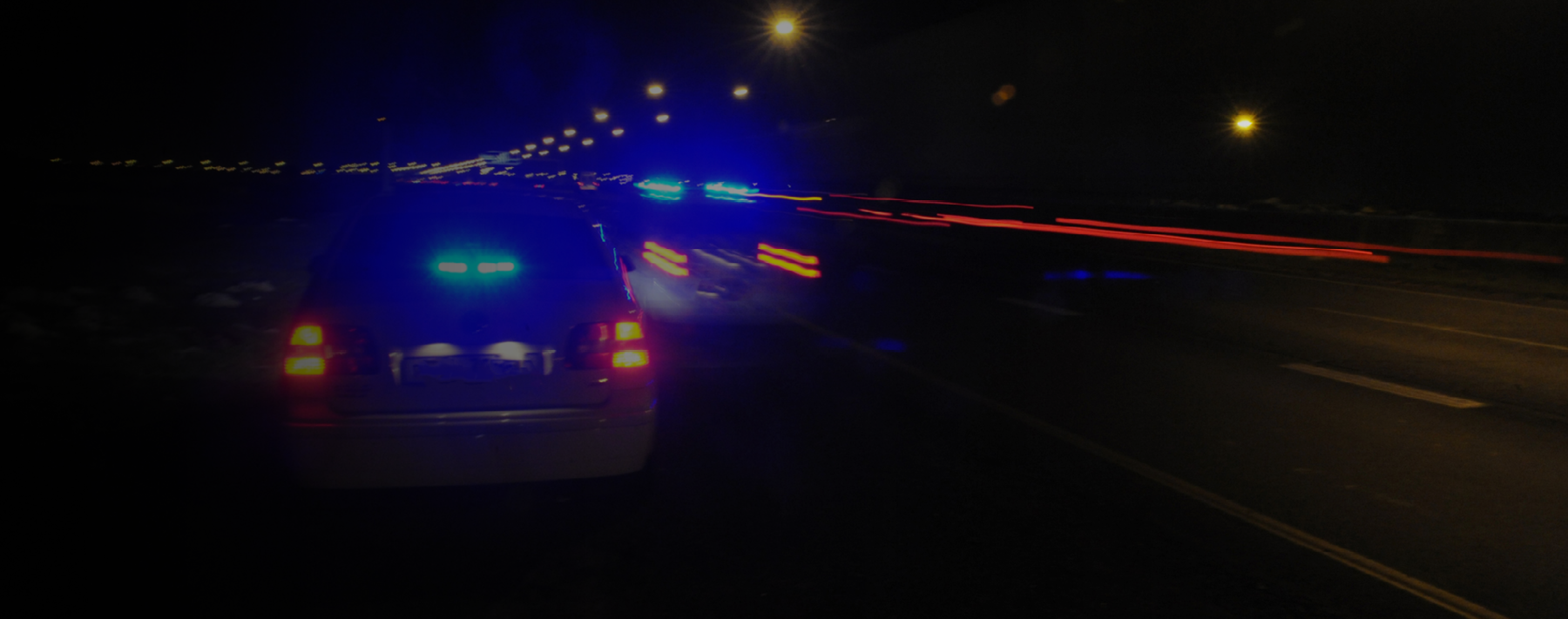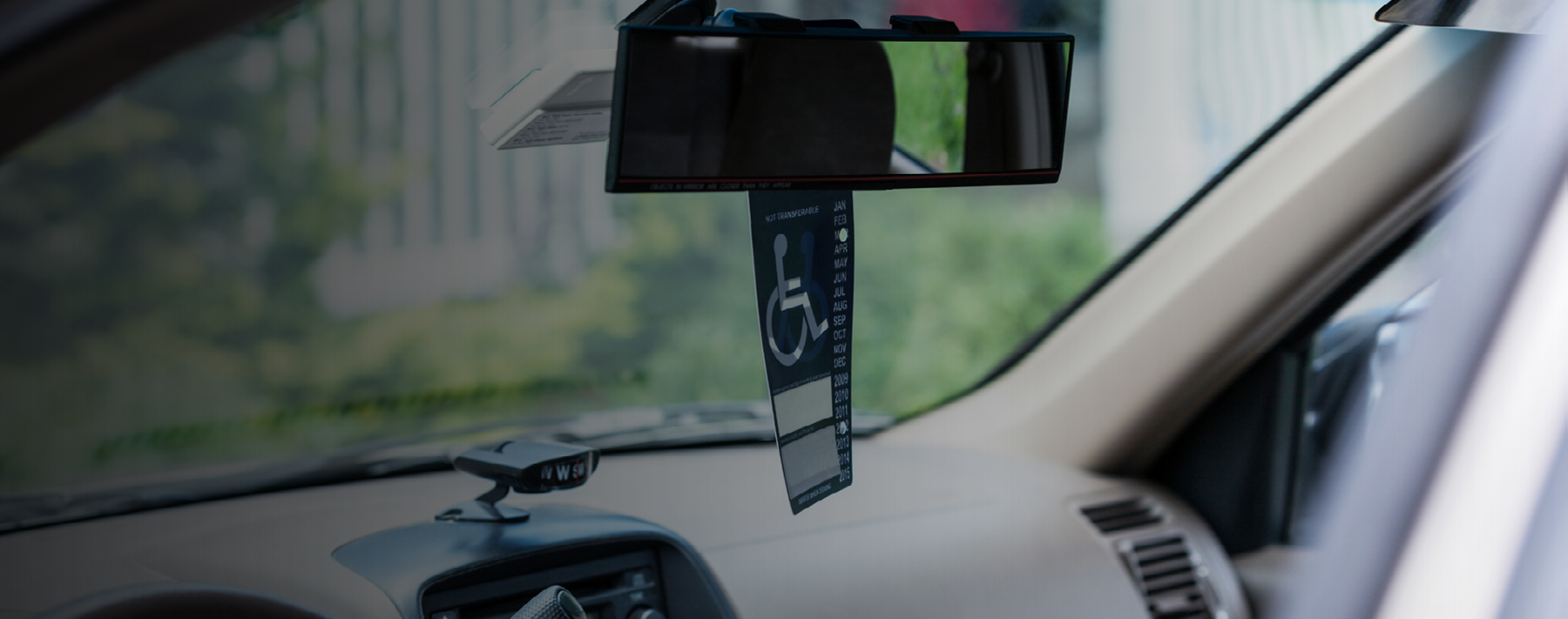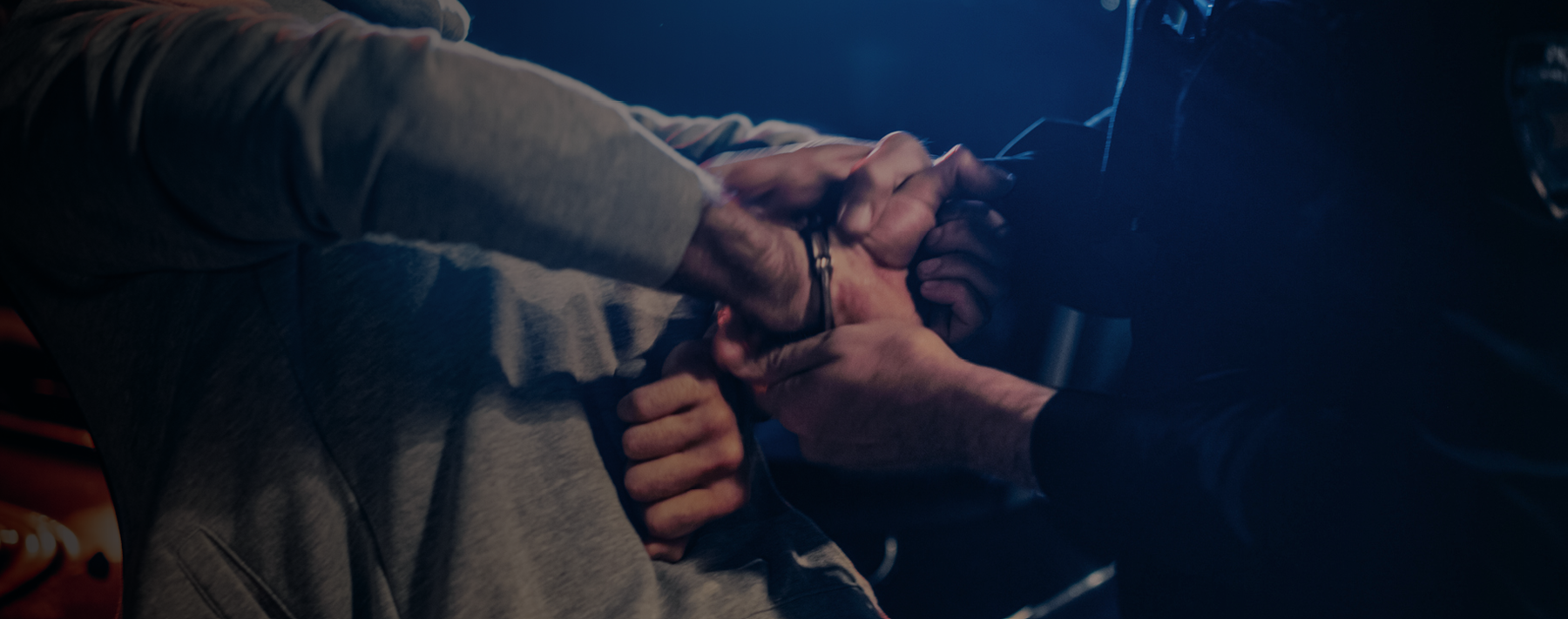Gordon Graham here and thanks for the feedback on these writings – and for taking the time to read my thoughts on the goings-on in our profession. The theme of my last article in this series was “there are no new ways to get in trouble.” Near the end of that article, I provided my seven-step approach to “make the knowledge of all the knowledge of one.” Step three on that list is to learn from tragedies in high-risk industries outside public safety.
Let’s go back to 1977 for a moment. I was still a motorcop working for the CHP in Los Angeles and I was just finishing up my graduate studies at the University of Southern California in the Institute of Safety and Systems Management. My thesis was entitled “NPCCR: Non-Punitive Close Call Reporting in CHP Motorcycle Operations.”
What the heck is NPCCR all about? I learned this in 1975 from Chaytor Mason, the great risk manager of the 60s and 70s and one of my favorite professors at the ISSM. He enlightened me to the writings of H.W. Heinrich, the great risk management guru of the 1930s. If you get the chance, run his name through your search engine. His thoughts are still being discussed today, and if you take the time to read about him, you’ll see he was extremely controversial.
Heinrich developed some thinking called “BBS” – Behavior-Based Safety. Since he was with the Traveler’s Insurance Company, it was his belief that most accidents were caused by the worker. The company could do no wrong. He studied tens of thousands of accident reports (mostly prepared by supervisors) and concluded that 88% of them were caused by worker error.
This theory inflamed some people, who blamed the work environment for the problems, not the individual worker. Unions were particularly upset with his research and over the years many continue to assault his theories.
I have some problems with Heinrich’s BBS theory too, specifically when it addresses single-site factory jobs. It is my belief most injuries caused at these sites result from the environment of the workplace, not the worker. If people are regularly getting hurt doing the same tasks in a controlled setting, there is something wrong with the working environment. These workplaces should be designed with safety in mind, and even if a worker gets careless, it should not result in an injury.
“We must study the tragedies from other high-risk occupations – because there are truly no new ways to get in trouble.”
However, when you move out of the single factory site into the complex, real-world of operations such as public safety, management, supervisors, unions and the workers must accept more responsibility for being safe. The complex, continually changing dynamics of your job require that workers regularly access their “loaded hard drive” to stay safe and avoid problems up front.
Over time, your individual hard drive will load up with your job experiences. Some of the experiences involve close calls in which you almost got hurt or worse. You learned a lesson from these incidents, one that you will never forget. Your hard drive is permanently loaded.
Who did you share this new information with? Probably no one, because of fear of embarrassment or discipline. This is sad. Had you killed yourself or lost a leg, then everyone learns from your tragedy. As Chaytor Mason said, “The only time you learn from the mistakes of another is when they end in tragedy.”
This is unacceptable. Waiting for people to die so we can learn a lesson from the death is simply un-American.
The Triangle of Probability
Heinrich had a theory on how mistakes end up in tragedy. Capsulizing what he said regarding people, activities and mistakes, here is my take on his work.
Give me a group of people doing the same or similar task. It does not matter what the occupation, profession or job description is. Take my occupation in the 1970s. As a motorcycle cop, I was part of a bigger group – all CHP Central Los Angeles motorcops – there were about 50 of us.
And we were part of a bigger group – all motorcops in Southern Division – essentially Los Angeles County. That group was about 250 strong. We were part of a bigger group – all CHP motor cops – about 500 total. We were part of a bigger group in California (1,500 or so motor cops), in the U.S. and finally internationally.
Here is Heinrich’s logic: When the group makes 300 mistakes, 30 will end up in a mishap and one will end up in the “big one.” This is called the Triangle of Probability.
We all learn from the mistakes of a co-worker when they are seriously injured or killed (the top of the triangle). This is a good idea. But sadly, it does not benefit the person who was hurt or killed during that event. We learn – but the consequences are devastating.
The better idea is to learn when it was just a mishap (the middle of the triangle). Hence the value of reporting minor injuries and property-damage-only events. Sprains, tears, rips, falls, cuts, bruises and other minor injuries fall into this category. And after reporting these events, they must be documented. And then they must be studied. And then we must share the lessons with others. But still, this is only a “better” idea.
The best idea is to learn when it was just a mistake (the bottom of the triangle), because mistakes are 300 times more frequent than tragedies – with no severity at all. Call it an error, lapse, omission or anything else you want, but if you have a close call you need to share it with the group – the other similarly situated personnel in your department. And if I had my way, these experiences would be shared nationally, too.
Unfortunately, many people are hesitant to admit when they make errors. Developing a non-punitive close call reporting system is key to overcoming that hesitancy, and building a national database of close calls in public safety would help us take advantage of the greater volume of mistakes.
Similarly Situated Devices
But let’s go back to 1977 for a moment. I could not get CHP management interested in my thesis, which would have required collecting data (close calls). In fact, at that time my captain dismissed me as an idiot. Fast-forward to 1982 when I was promoted to sergeant and I had my own squad of cops. I encouraged them to talk about their close calls in shift briefings. Oddly enough, not one of them had ever had a close call! Fear of embarrassment, fear of discipline, fear of doing something new is difficult to overcome.
My next effort was sharing my close calls as a motorcop with my squad – but I am just one person with a limited number of close calls. I requested the assistance of my fellow sergeants on afternoon shift to talk about their close calls – and they, too, were hesitant to do so. Fear of embarrassment, fear of discipline, fear of doing something new is difficult to overcome.
About that time a brand-new sergeant promoted into Central Los Angeles. I told her what I was trying to do and she had ZERO hesitation in helping me out. The next shift I set up the conversation with all the cops in briefing and asked her to share her close call – and she did.
She was never a motorcop, but she related that when she was working in a patrol car, she always had her ticket book on the dashboard of the car for easy access. One day she got involved in a high-speed city street pursuit. On the hard turns the ticket book – back then, a thick leather folder that enclosed the paper citations – started sliding back and forth across the dashboard of the car. On one 90-degree right-hand turn, the ticket book slid quickly across the dashboard and got jammed between the spotlight handle and the steering wheel – really stuck – which prevented her from being able to quickly exit the turning maneuver. The steering wheel was jammed, so she had to physically hit the ticket book to dislodge it. Fortunately, it broke free and she was able to continue the chase.
That was a close call with a valuable lesson learned. And it happened prior to 1982.
“Gordon, you are way, way over your word count on this – is there some point you would like to make?”
Well, in 2022 the fire service suffered the loss of two pilots and an expensive helicopter in Idaho while fighting a wildland fire. The post-crash investigation noted that a loose iPad may have become jammed beneath a pedal midflight.
How do we know? Investigators examining the iPad found distinct gouge marks on it. They then conducted testing using a similarly configured helicopter. During the test, additional pressure applied to one of the pilot’s pedals caused the lodged iPad “to apply more pressure to the (co-pilot’s) pedal adjustment lever.” The stuck iPad also prevented the pedals from recentering during the test. These findings led the agency to conclude that the iPad became jammed against the copilot’s left pedal. Due to their seat arrangements and heights, they were unable to reach the device to free it. This is listed as a significant factor in the crash.
In an interview following the investigation, Clint Johnson, chief of the National Transportation Safety Board’s Alaska regional office, noted this was not the first time that an electronic device — including phones, cameras and iPads — had fallen into flight controls and contributed to accidents: “We’re just trying to call attention to some of the concerns about having this kind of equipment inside the cockpit and making sure they’re secured.”
He’s not the only one. The general manager of the company contracted to fly the helicopter noted that pilots need to find safe ways to secure devices during flight. “When the final report is released, we will be more than willing to share more information and hopefully help educate our industry on safe practices and guidance that will prevent future incidents and accidents,” he wrote.
There is a message here. We must study the tragedies from other high-risk occupations – because there are truly no new ways to get in trouble. This is step three in my seven-step process in making the knowledge of all the knowledge of one.



